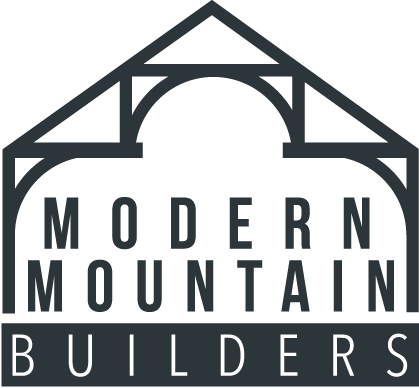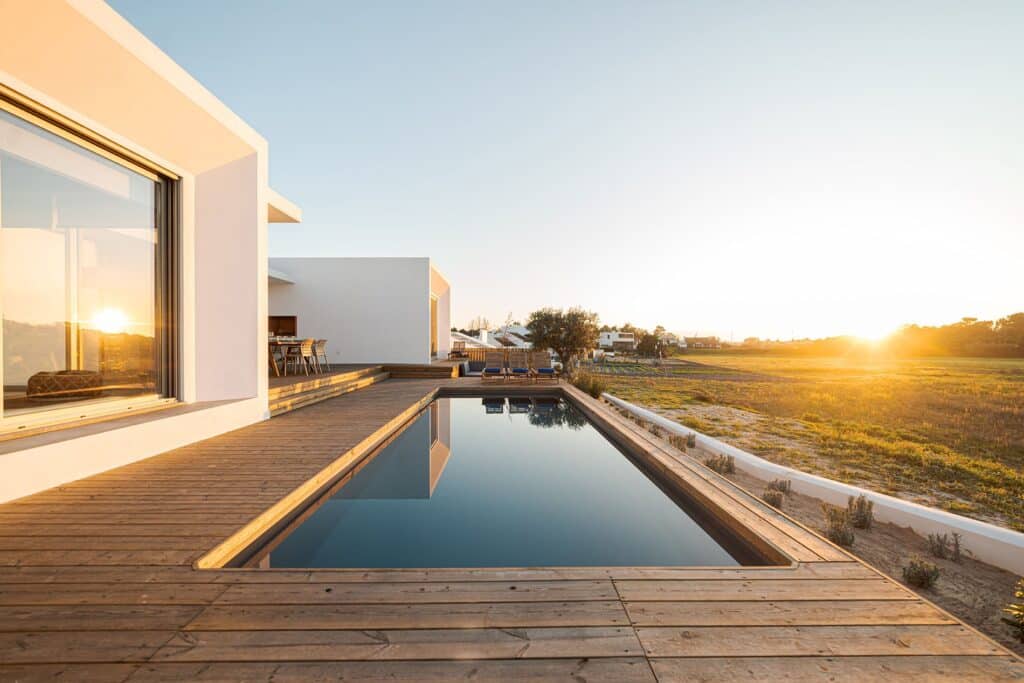Have you ever wondered about the distinguishing features of contemporary and modern architecture? Discover the unique aesthetics of these two distinctly different styles and how they influence residential design.
Fundamental Differences Between Contemporary and Modern Architecture
Modern architecture typically refers to a style developed from the early 1900s to the 1950s. This is a distinct, unchanging style that only evolves. Thus, “modern” in architecture does not necessarily equate to recent constructions or current trends.
Contrarily, contemporary design denotes the ongoing styles of the present era. It’s a constantly evolving style reflecting the rapid changes in fashion and architectural trends. In simple terms, “modern” correlates with a specific historical period, while “contemporary” implies ongoing, ever-changing design trends.
Unraveling Modern Architecture
The Birth of Modernist Architecture
To delve deeper, modern architecture emerged as a counter-response to the elaborate and ornate architectural styles popular at the end of the 19th century, such as eclecticism, Victorian, and Edwardian. Architects started to drift away from these traditions in favor of a simpler, more functional design.
Modernist architecture, established in the 20th century, championed houses with open floor plans, asymmetrical layouts, and extensive use of glass panels or windows. These houses refrained from unnecessary adornment and celebrated functionality.
The emergence of modernism was also a reflection of the changing societal landscape as technology started to gain momentum. More people started migrating from their traditional roots into faster-paced environments. This transition left limited scope for creativity, spirituality, and emotional connections.
Modernist architects aimed to foster a closer connection to nature for the residents of their homes. They focused on merging the interior and exterior, allowing the house to blend with its surroundings.
Key Features of Modern Architecture
A residence showcasing modern architecture usually possesses the following characteristics:
- Utilitarianism: Modernism advocates for functional designs with open floor plans that offer easy adaptability.
- Connection with the Environment: Despite their angular designs, modern constructions often blend with nature, utilizing natural light and airflow and incorporating unpainted wood and other natural elements in their interiors.
- Simplicity: Clean, uncomplicated lines form the essence of modern architecture.
- Comfort: Despite its outward starkness, modern architecture emphasizes using natural materials to ensure comfort within the interiors.
Modernism in Today’s World
In the current era, modern houses might initially appear cold due to their minimalist designs and stark lines. However, upon entering, you might be pleasantly surprised by the warmth exuding from the use of dark, rich woods and marble and the prevalence of warm color palettes.
Interestingly, we are witnessing a resurgence of classic modernism in today’s architectural and interior design trends. The COVID-19 pandemic has redefined our lifestyles, making the minimalist, functional, and nature-connected aesthetic more desirable. Hence, modern architecture continues to thrive in contemporary society.
Homes are now seen as sanctuaries from the chaotic world, designed for efficient functionality during potential lockdown situations. The modernist philosophy of blurring the boundaries between the interior and exterior is more relevant than ever, allowing us to stay connected to nature even within our homes.
Understanding Contemporary Architecture
The Evolution of Contemporary Design
While modernism anchors itself in nature and simplicity, the contemporary architecture reflects current societal trends. Contemporary design is fluid, continuously adapting and integrating different styles to form innovative and complex structures.
Contemporary homes first emerged in the 1970s, and their style has evolved with the changing times. These residences often exhibit influences from various architectural styles, making it sometimes challenging to distinguish them from modern homes.
Contemporary homes often merge elements from craftsman-style houses with large, open floor plans inspired by modern design. They do not heavily rely on a single style but consider all styles equally important.
Contemporary Architecture in Today’s Context
Contemporary homes today often incorporate high-tech features, aligning with the rising trend of eco-friendly living. This is evident in the increasing popularity of homes built from repurposed materials like barn wood or shipping containers. Some contemporary homes are designed for off-grid living, employing sustainable technology like solar panels and water collection systems.
Contemporary architecture, being a mirror of current societal values, has significantly evolved since the pandemic. The current focus is less on aesthetics and more on sustainability and practicality due to labor shortages, increasing material costs, and high demand. Contemporary architecture is becoming more eco-conscious, integrating innovative materials and making optimal use of local and natural resources.
Reflecting its eco-conscious orientation, contemporary architecture often mimics natural elements like trees, caves, or bird wings. Green walls are common, bringing life into otherwise stark urban or residential settings.
Modern versus Contemporary Design
Beyond the visual differences between contemporary and modern architecture, another intriguing distinction is evident in the real estate market. Modern houses tend to sell faster, despite being more expensive than contemporary homes. This discrepancy may be attributed to the perceived negative connotation of “contemporary,” which some homebuyers mistakenly associate with being “dated” due to the term’s popularity in the 1970s.
Traditional vs. Current Architectural Styles
While contemporary architecture represents current architectural trends, traditional architecture harks back to old construction techniques. Traditional architecture relied heavily on local resources like stone, bricks, and wood. Many traditional buildings are still in use, often inspiring or being repurposed for new constructions.
Building in traditional styles demonstrates a commitment to local cultures, traditions, and landscapes. These structures tend to blend with the natural surroundings rather than standing out. Additionally, traditional styles help preserve architectural history.
Harmonizing Diverse Architectural Styles
There are no rigid boundaries restricting you to a single architectural style. You may appreciate the simplicity of modern designs but yearn for the energy efficiency of contemporary architecture. Some even merge traditional and modern techniques, preserving the charm of an old brick building while adding a modernistic extension featuring simple lines and metal materials.
Contemporary design amalgamates the best of previous styles while introducing new elements to update the design.
You might also like: Distinguishing Factors Between Custom Home Builders and Production Home Builders .
Which Architectural Style is Superior?
Whether you prefer modern or contemporary architecture while seeking a home, remember that both styles offer unique advantages.
Recently, contemporary architecture has started to incorporate elements of modernism that resonate with our current societal needs, such as open floor plans, nature-connected design, and minimalist aesthetics. These aspects have gained popularity post-pandemic.
To simplify, remember that “modern” refers to a specific era, while “contemporary” denotes ongoing trends.
Understanding how to incorporate elements from modern and contemporary designs can be beneficial if you’re studying architecture or planning to do so. For career opportunities in architecture, check out what Modern Mountain Builders has to offer.
Click here for a free quote for the best luxury new construction and home remodeling in Asheville, NC.


